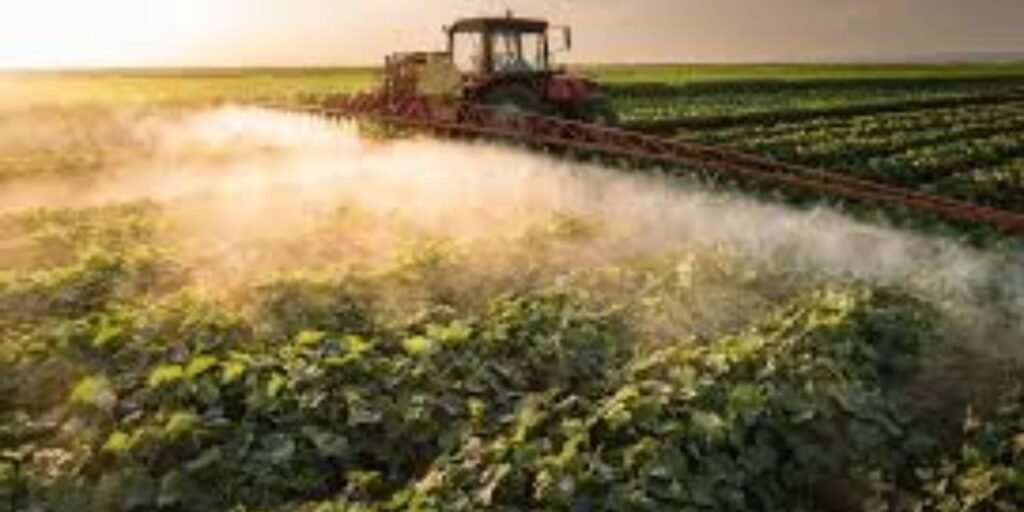
Despite concerns of a perfect storm brought on by an eruption of weeds following heavy rains, the majority of Australia’s 1500 cotton producers are sighing with relief as the possibility of extensive and serious spray damage diminishes. Sadly, not everyone has been spared the harm, as there have been other serious instances of off-target spraying in the Macquarie Murray and Murrumbidgee, as well as the Lachlan Valley, with modest to severe damage.
There have been many reports of damage in an agricultural area in the NSW Central West, close to Narromine. One cotton planter may have lost more than half a million dollars in crop yields. Using Co̩on Australia’s Snap, Send, Solve reporting paradigm, farmer Andrew Gill disclosed that 130 hectares of his co̩on There is little chance that the crop can be saved because it has suffered significant off-target spray damage.
Andrew thinks the damage was brought on by an off-target application of a phenoxy pesticide before to Christmas. “Until the plant metabolises the chemical out of its system, I won’t know the true extent, but the damage is already noticeable.”
at least six nodes, which is a significant loss. The fact that we will never be able to determine its origin just makes me more irate.
Doug McCollum, a policy advisor for Coed Australia, stated that while the damage is disappointing, the fact that there hasn’t been any significant harm in the Coed growing zones suggests that most people are acting appropriately.
The fact that the majority of individuals are utilising best-practice spraying procedures and following the label is promising.
It is essential that those who use agricultural pesticides are certified to do so, have their equipment properly set up, and only spray when the conditions are ideal. Recent years have seen the coal industry launch massive education and awareness efforts, and we know that most farmers are performing admirably as a result.
outcome. Unfortunately, these incidences of severe loss will continue to occur, and the effect on the rest of the business will be cold consolation for producers who are experiencing serious crop damage.
According to Mr. McCollum, the professional contractors and applicators whose duty it is to apply agricultural materials on the ground or in aerial applications are not always at fault.
“With crops that are especially sensitive to a variety of herbicides, it only takes one person to destroy nearby crops by spraying without taking into account the weather patterns, the potential for inversion layers, or the proper selection of spray equipment.”
According to Andrew Gill, spray driŌ affects everyone in agriculture, and a coordinated strategy is required to address the issue.
“I’m holding a meeting on my farm so that all of the stakeholders—farmers, agronomists, suppliers, and contractors—can observe the damage to my property directly and talk about how we can work together and individually to prevent this from happening again.”
Coton Australia encourages farmers to use WAND towers, a potent tool that can swiftly identify hazardous conditions and inversions, to map their acérvi̟es on SataCrop, a mapping tool that informs all stakeholders of the location of potentially sensitive crops, and to spray in accordance with the best conditions and in adherence to label specifications.
